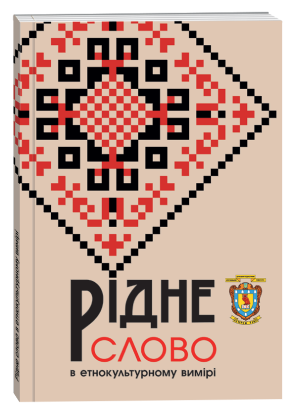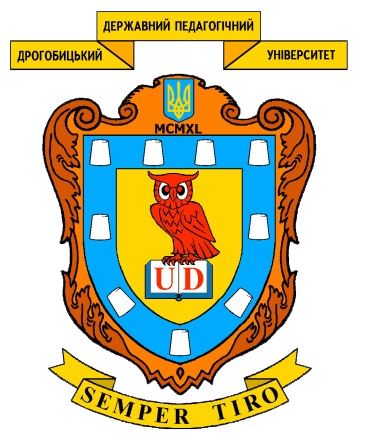THE HUTSUL LANGUAGE PICTURE OF THE WORLD FROM THE PERSPECTIVE OF THE UKRAINIAN LANGUAGE OF FICTION. POLONYNA
DOI:
https://doi.org/10.24919/2411-4758.2018.140897Keywords:
the language picture of the world; the Hutsul subdialect; dialecticism; the language of fi ction; polonyna; concept.Abstract
The article is aimed at analyzing the Hutsul language picture of the world, which is modeled by the Ukrainian language of fi ction, by focusing on the nominative unit polonyna. The substratum of the regional and dialectal picture of the world constitutes subdialect as linguistic and territorial phenomenon, characterized by the predominant part, which corresponds to a literary language, and number of language units of different levels, characteristic only of this subdialect or of other closely related subdialects along with it. The specifi c nature of the regional and dialectal picture of the world is determined by dialectal language units naming extralinguistic realia, corresponding names for which were not needed in the national language beyond dialect area. The lexical Hutsul dialecticism polonyna is an example of de-dialectization of a dialectal lexeme and its inclusion in the vocabulary of a literary language, although it remains an important component of the Hutsul language picture of the world, represented by the Ukrainian language of fi ction. In fi ction, the lexical meaning of polonyna – “a high-mountain meadow used as a pasture in summer” – with different added semantic connotations form the basis of the semantic body of this dialecticism. These added semantic connotations include location, which extends beyond the one expressed by the lexical meaning, a landform, established ownership, an element of the culture of distant shepherding, identifi cation with and attribution to the Hutsul region, the Carpathians, etc. In this fragment, the Hutsul language picture of the world is analyzed from the perspective of the Ukrainian language of fi ction, which introduced its components to it, associated, fi rst and foremost, with metaphorization, the fi gurative use of the dialecticism polonyna that expands and enriches its semantic body.
References
Закревська, Я. (Ред.) (1997). Гуцульські говірки. Короткий словник. Львів : Інститут українознавства ім. І. Крип’якевича НАН України.
Загнітко, А.П. (2012). Словник сучасної лінгвістики : поняття і терміни : у 4 т. Т.2. Донецьк : ДонНУ імені Василя Стуса.
Шумада, Н. С. (Уроп.) (1969). Коломийки. Київ : Наук. думка.
Неґрич, М. (2008). Скарби гуцульського говору : Березови. Львів : Інститут українознавства ім. І. Крип’якевича НАН України.
Словник української мови: в 11-ти т. Т. 7. (1979). Київ : Наукова думка.
Уфимцева, А.А. (1988). Роль лексики в познании человеком действительности и в формировании языковой картины мира. Роль человеческого фактора в языке: Язык и картина мира : монография. Москва : Наука, 108-140.
Хобзей, Н., Сімович, О., Ястремська, Т. & Дидик-Меуш, Г. (2013). Гуцульські світи : Лексикон. Львів : Інститут українознавства ім. І. Крип’якевича НАН України.
Яремко, Я. & Лужецька, Н. (2017). Франкова теорія сугестії : комунікативно-прагматичний аспект. Рідне слово в етнокультурному вимірі : зб. наук. праць. Дрогобич : Посвіт, 275-283.
Janów, Jan. (2001). Słownik huculski. Kraków : Wydawnictwo Naukowe DWN.







